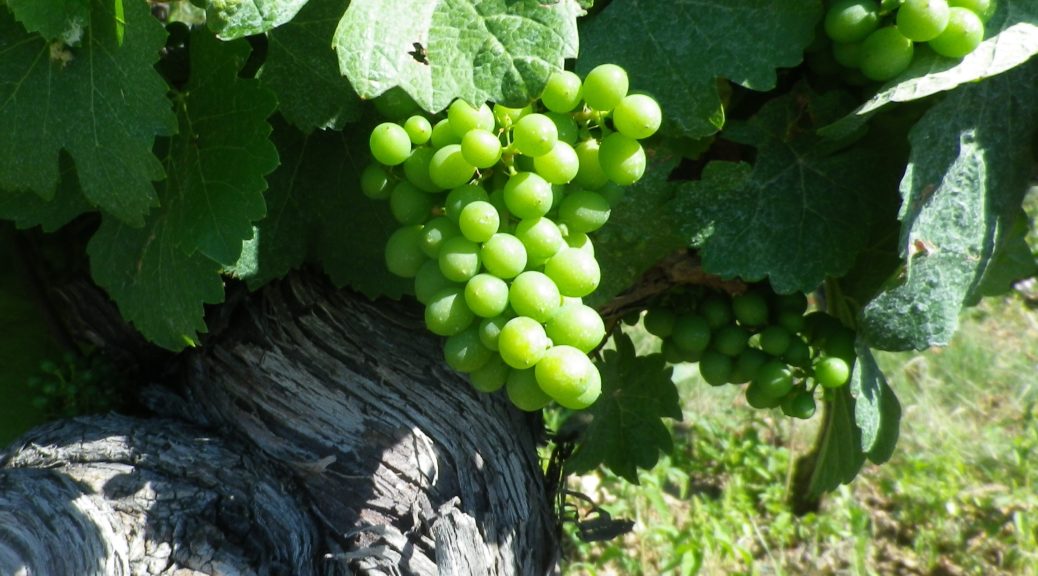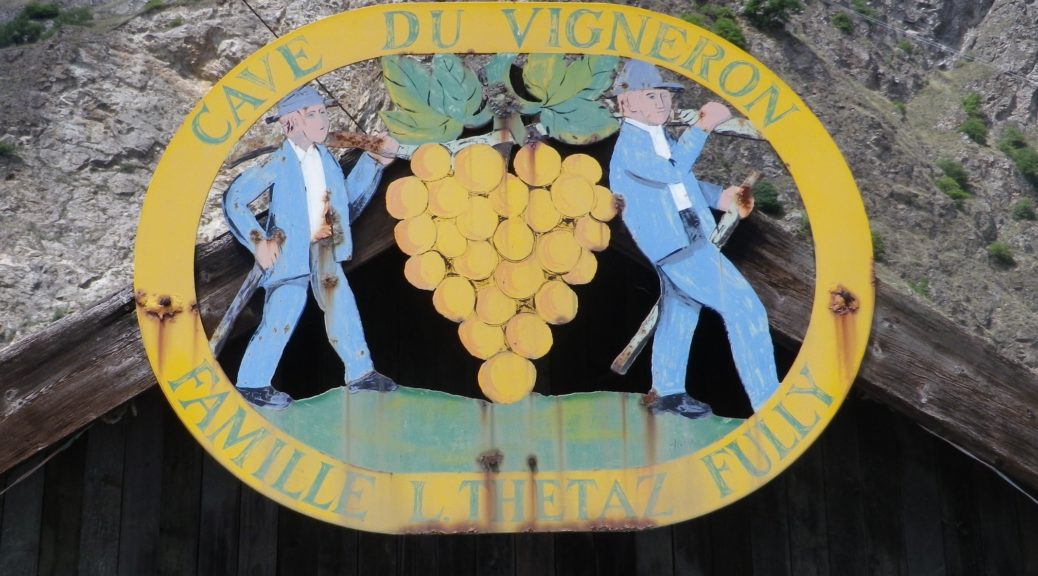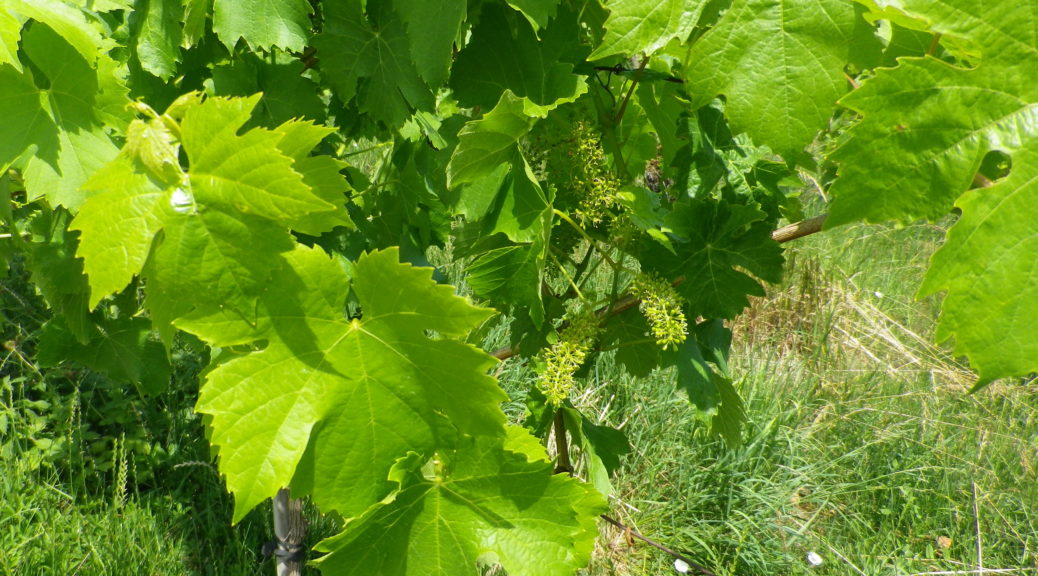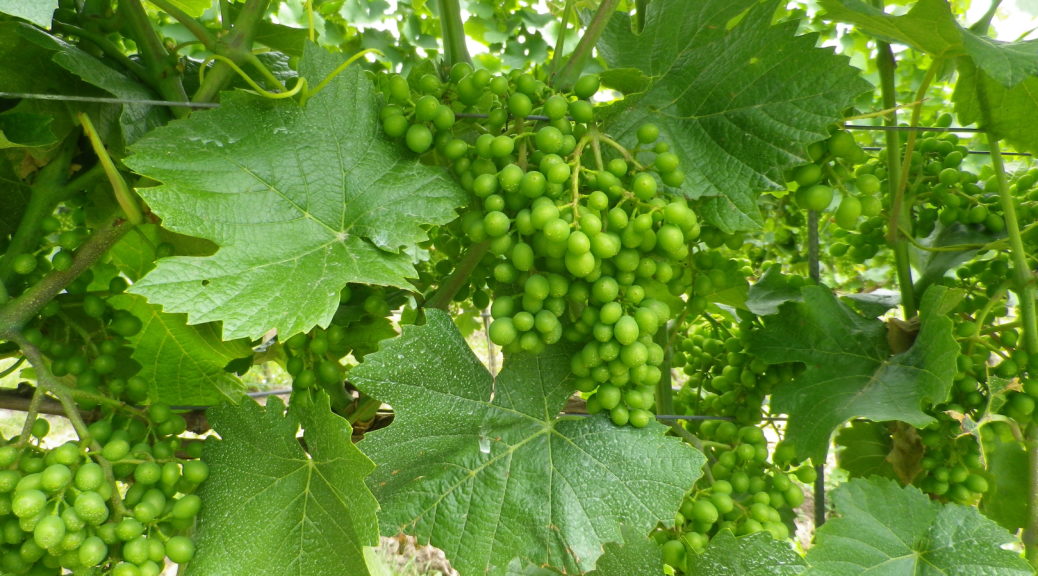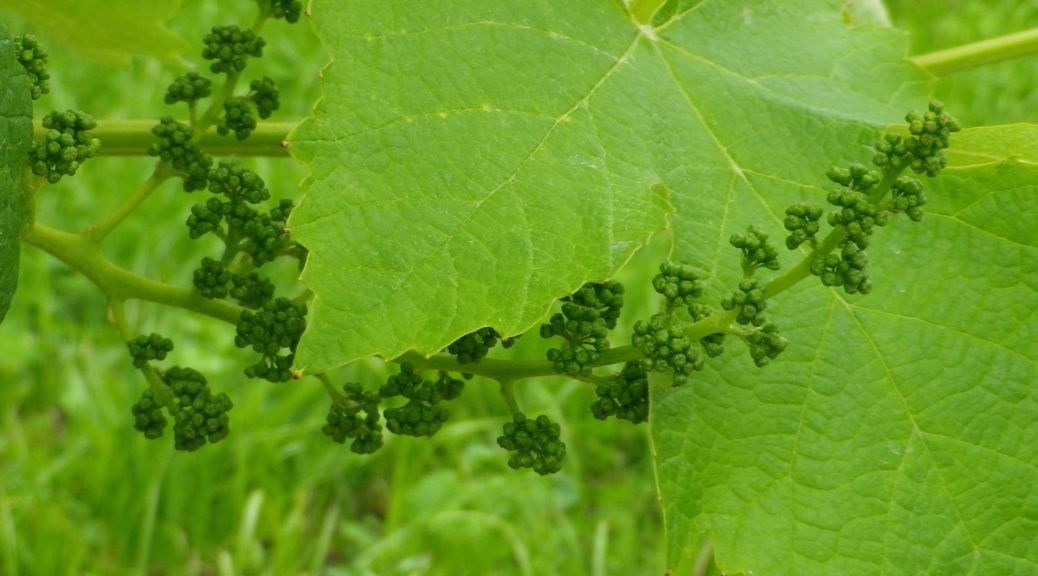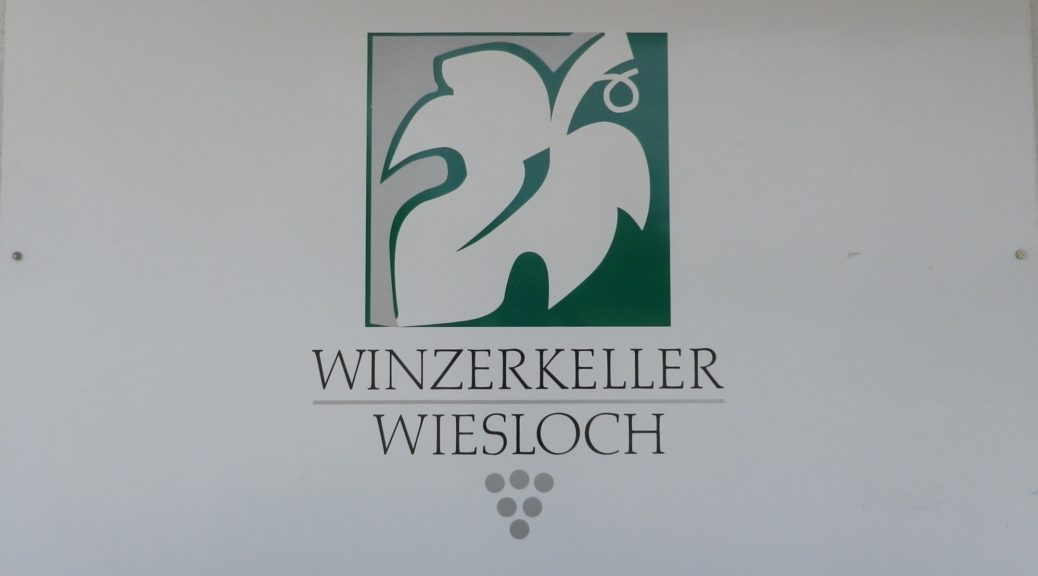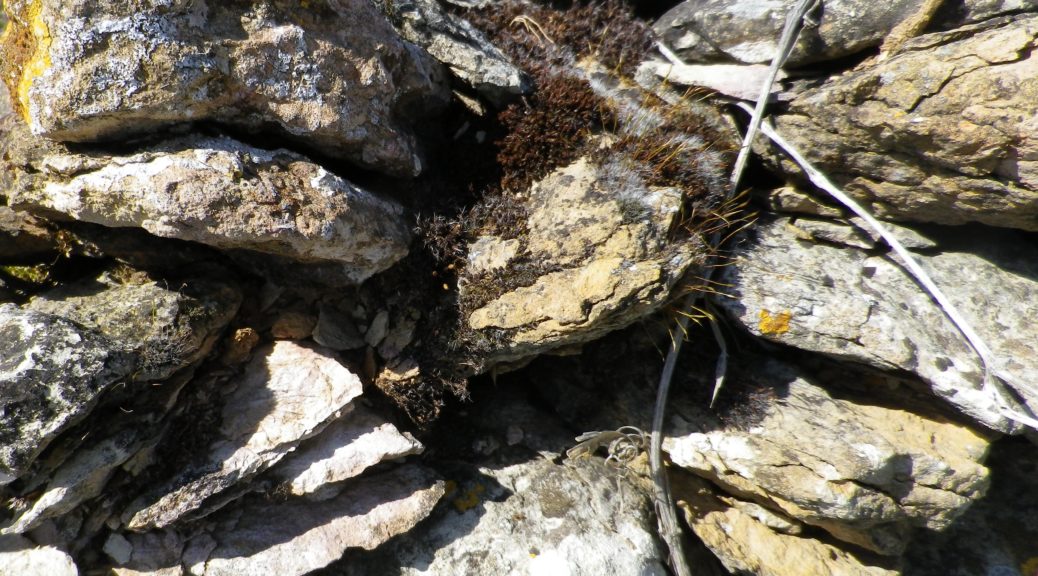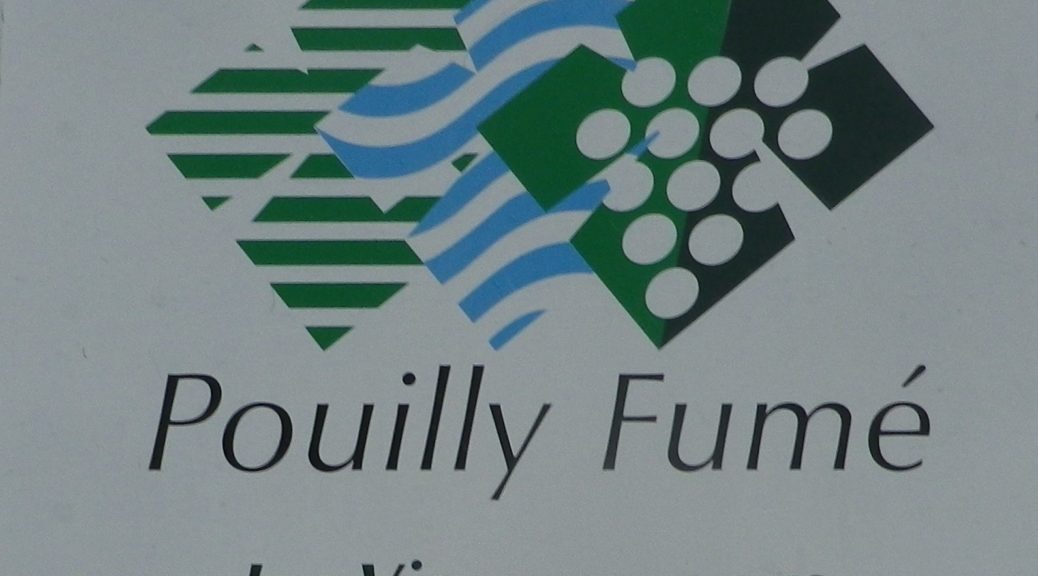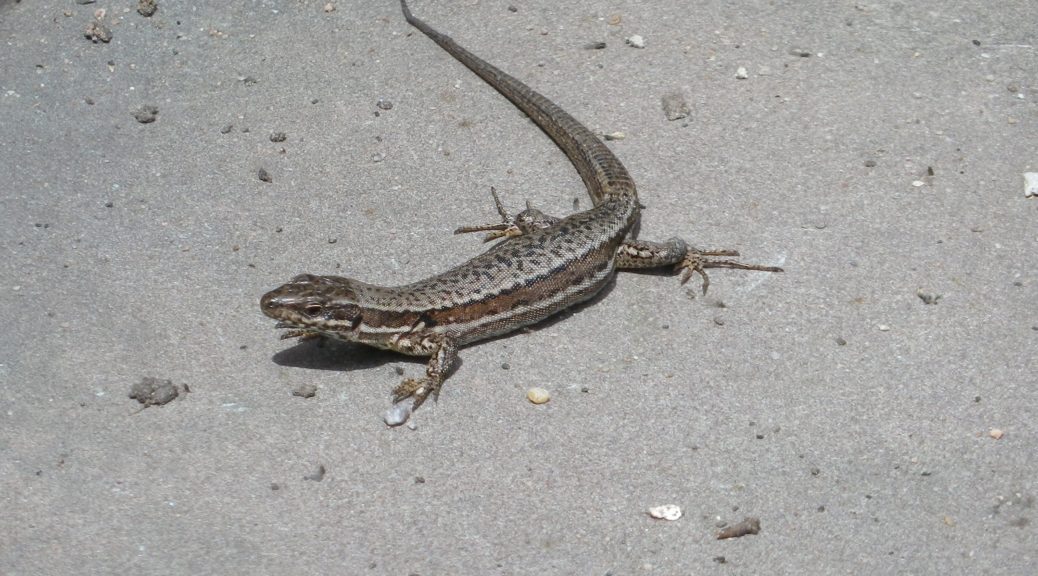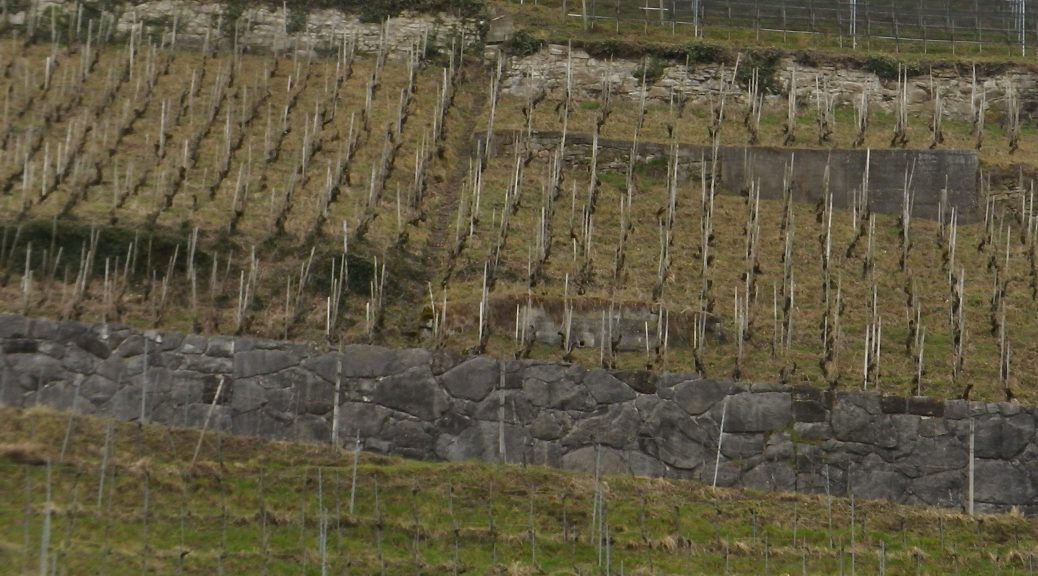Bavaria’s only wine region, Franconia, has three wine districts, the Maindreieck, the Mainviereck, and the Steigerwald. These wine growing regions are actually closer to Frankfurt am Main, than they are to Munich, the state of Bavaria’s capital. The Maindreieck, a triangle of land formed by an almost 180 degree turn in the Main River’s course, is particularly favored by nature to produce grapes. One of the major sites in terms of size is by the small town of Dettelbach, known for its consistently good wines.
